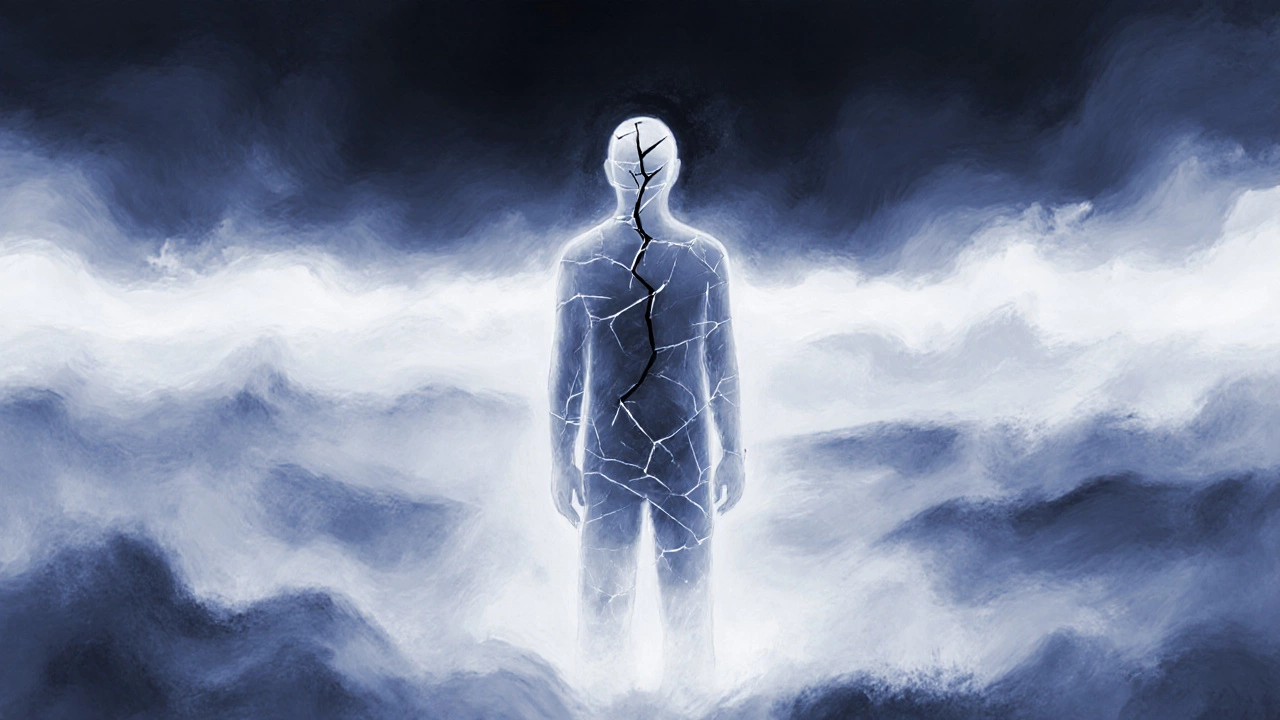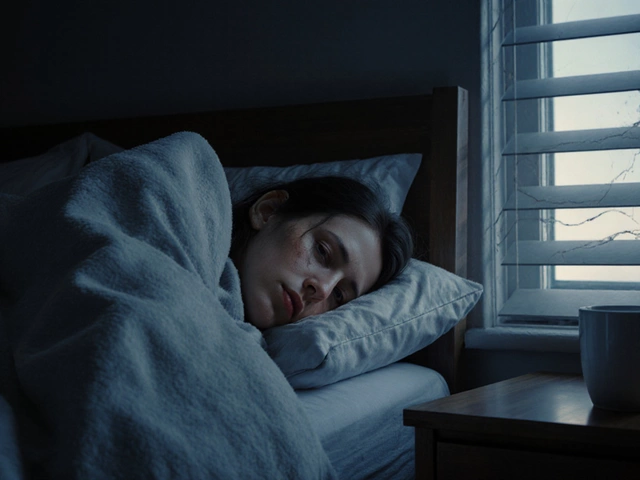Mental Illness Pain: Understanding the Overlap of Mind and Body
When dealing with mental illness pain, the physical discomfort that stems from psychological conditions such as anxiety, depression, or trauma, you quickly see that it sits at the crossroads of two big health worlds. The same pattern shows up with chronic pain, persistent aches that last longer than three months and with psychological distress, the emotional strain caused by mental health disorders. mental illness pain isn’t a side effect; it’s a core symptom that can amplify existing aches and, in turn, make anxiety disorders and depressive disorders flare up even more. This two‑way street means you can’t treat the body without looking at the mind, and you can’t treat the mind without acknowledging the body.
Why the Connection Matters for Treatment
Understanding the link helps you pick tools that hit both targets. Anxiety disorder, a condition marked by excessive worry, tension, and physical symptoms like muscle tightness often shows up as headaches, chest tightness, or stomach upset. Depression, a mood disorder that can drain energy and increase perception of pain makes even minor aches feel crushing. When you pair cognitive‑behavioral therapy (CBT) with gentle movement—like yoga, tai chi, or low‑impact walking—you address the mental loop and the physical loop at the same time. Medications such as low‑dose antidepressants can also dampen pain signals, while topical analgesics or physiotherapy give the body immediate relief. The key is a blended plan: talk therapy to rewire pain‑related thoughts, guided exercises to improve circulation and flexibility, and, when needed, short‑term medication to break the cycle.
The research community is now calling this “central sensitization,” a fancy term for the nervous system getting over‑excited because of ongoing stress. It shows up in conditions like fibromyalgia, irritable bowel syndrome, and migraine—all of which often sit beside anxiety or depression. That’s why you’ll find articles below that explain how to spot mental illness pain early, how to talk to your doctor about a combined care plan, and which self‑care habits actually move the needle. Whether you’re looking for quick tips, deeper science, or personal stories, the collection gives a full‑spectrum view of how mind and body shape each other. Dive in to see practical steps you can start using today.





